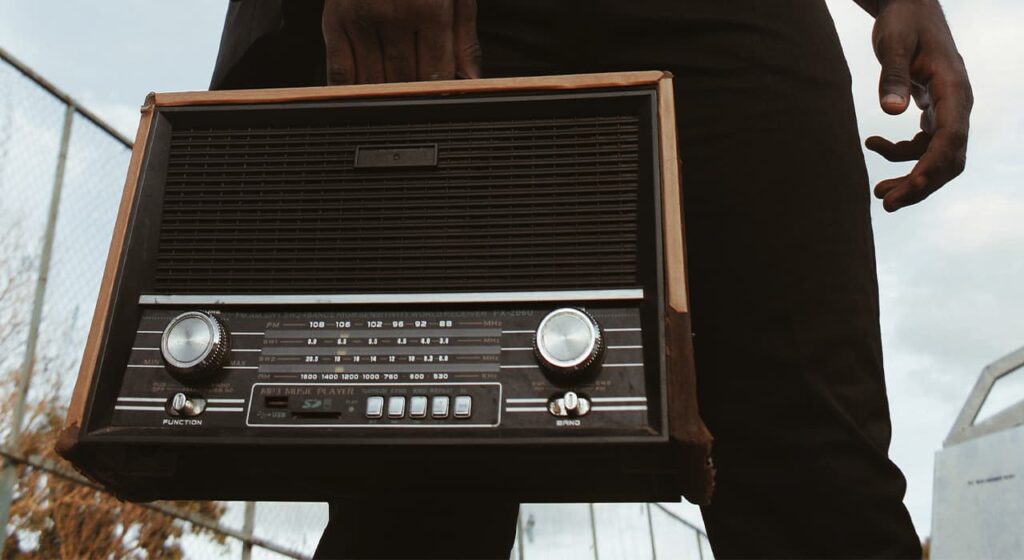One day you discover on the roof of your neighbor’s (or your) house or land some incomprehensible antenna-mast structures. Moreover, the construction of these antennas you have not seen anywhere else. In other words, they do not resemble the standard “dish” of satellite television and cell phone towers. With a high degree of probability you can say that here began active work radio amateur.
However, there is no point in getting upset and panicking, because there is nothing to worry about. Unfortunately, from the point of view of the average man, our hobby is poorly understood, and poorly understood things always inspire “suspicion”. So we are going to dispel several “myths” about radio amateurs.
Myth One.
Their big antennas pick up all the radio waves, our little TV antennas get nothing, and our TV sets don’t show soap operas very well.
The myth is based on ignorance of the laws of electromagnetic wave propagation. Their intensity is the same at all points in space within a single roof of a house. But the efficiency of each antenna is different, and the bigger your antenna, the greater its efficiency and the greater the signal level it can supply to the input of the TV receiver. And when someone offers you to buy an antenna the size of a shoebox, claiming that it, they say, “all-wave” and “active” and even designed with advanced technology, you know, you are not being told the truth and effective reception of TV or broadcast stations you will be hard to achieve.
Myth two.
Radio amateurs – these are such retarded retrogrades, “soldering at the knees. It’s the 21st century, there are computers and cell phones around, and they suffer, passing Morse code.
The myth is based on the idea of radio amateurs 50-60 years of the last century. First, modern technology is not only used by radio amateurs, but developed by them. Digital signal processing in amateur equipment is already a common thing, the computer not only can be used to transmit any digital data, but can also control the transmitter. The time of “soldering at the knees” is long gone! Today’s amateur radio designs are equipped with both digital controls and automation, and even remote control via the Internet.
Myth three.
They talk on the air all day about nothing.
This myth is a consequence of ignorance of the specifics of amateur communications. A real radio amateur listens on the air most of the time, that is, works on reception. For it is possible to chat constantly only with well acquainted people, and he has to conduct radio communications with actually strangers, so that long lengthy conversations in the radio amateur environment is very rare. In addition, if the radio amateur has large antennas, he is most likely interested in long distance communications, that is, not with Europe, but rather with an island in the Pacific or North America.
Myth Fourth.
The main purpose of the amateur radio operator is to interfere with everyone around him and to eavesdrop on the work of the police or other official communication channels.
A myth born of the journalistic fraternity, based on the substitution of concepts. An amateur radio enthusiast is a person who loves the radio, but not the information that the radio transmits. The real radio amateur will never eavesdrop on the work of service stations, because it is of no interest to him (situations of natural disasters and other force majeure circumstances are not taken now).
Putting interference on intercom frequencies (or in general work to transmit outside the limits of frequencies assigned to this station), puts any owner of a transmitting device in the category of RADIOHULIGAN. Therefore, if the media reports that some amateur radio operators interfere with some services, they are actually RADIOHULIGANS who violate the law in force.
Myth Five.
Radio amateurs are “sick” people! Is it reasonable to stay up all night (build big antennas, spend so much effort and money, etc.) just to talk for 20 seconds with a stranger, etc.
This is the traditional statement of those who have never had any hobby. We always give ourselves to the hobby we love without reserve. We spend energy and money on any achievement in the hobby we love – an extra stamp in the collection, an extra decibel in the volume of the car audio, an extra kilometer of route, an extra unique photo, etc. Similarly, radio amateurs spend energy and money on their antennas and equipment, getting in return for the pleasure of making a radio call, not even of transmitting information!
There are a lot of “strange” activities in the world, from fishing and hunting to mountain climbing, snowboarding and other outdoor activities, which often cause a lot of trouble for emergency crews. So if you have a favorite hobby, try to look at it from another angle, and you will see all its “strangeness. If there is no hobby, believe me, the adrenaline in our blood from making difficult or unique radio communications is no less than from a portion of good alcohol, not to mention winning competitions or other achievements in amateur communications.
